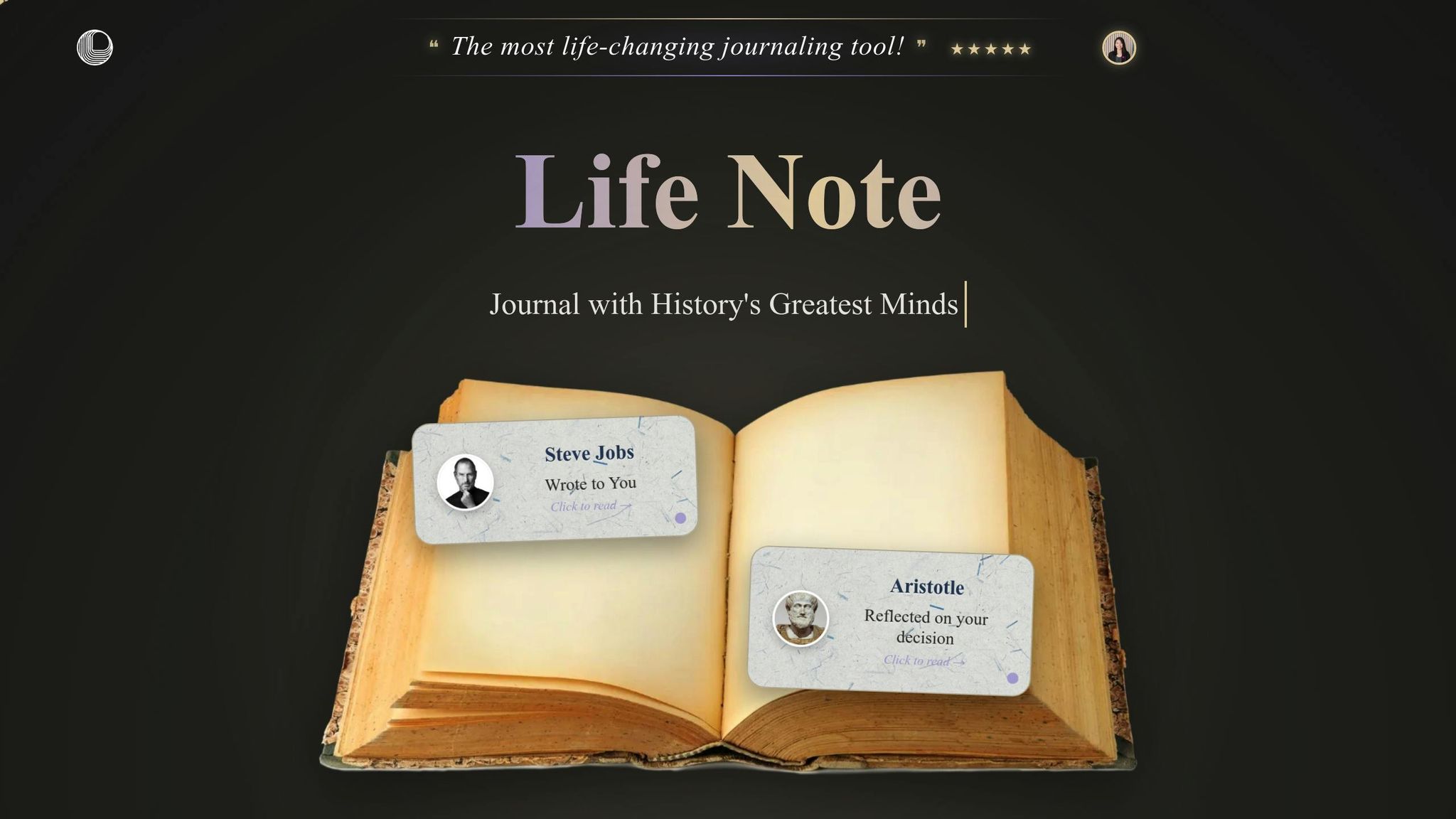Shadow Work: 4 Simple Techniques That Will Transform Your Life
Discover the 4 simple life-changing techniques to shadow work—based on Carl Jung’s psychology. Learn how to face your hidden self, integrate repressed emotions, and transform triggers into growth through research-backed journaling and mindfulness.

Introduction: Meeting the Parts You’ve Buried
Shadow work is not self-help—it’s self-honesty.
It asks a single, unsettling question: What parts of me have I refused to see?
Carl Jung, the Swiss psychiatrist who first coined the term “shadow,” described it as the unconscious repository of traits, impulses, and desires we repress because they conflict with how we want to appear. But these rejected parts never vanish. They influence our behavior, relationships, and choices—often in ways we don’t recognize.
In 2025, as psychology, neuroscience, and spiritual practice intersect, shadow work has re-emerged as one of the most transformative paths to emotional integration. It combines ancient introspection with modern tools—journaling, therapy, somatic awareness, and even AI companions—to help us reclaim our wholeness.
This is your comprehensive guide to shadow work: what it is, how it works, and how to practice it safely.
1. The Psychology of the Shadow
1.1 Jung’s Original Insight
Jung proposed that every psyche contains both persona and shadow.
- The persona is the social mask we wear—the part that seeks approval and adapts to the world’s expectations.
- The shadow is what we hide—anger, envy, lust, fear, but also creativity, assertiveness, and intuition that were shamed or suppressed.
He wrote:
“One does not become enlightened by imagining figures of light, but by making the darkness conscious.”
In other words, the goal isn’t to eliminate the shadow but to integrate it—to bring its contents into awareness so they can serve, not sabotage, our lives.
1.2 Why We Bury Parts of Ourselves
From childhood, we’re conditioned to survive through acceptance. When anger, sadness, or curiosity were punished, we learned to exile them.
These exiled traits become the shadow. As adults, we still fear rejection, so we continue to hide the same parts.
Common shadow origins:
- Family conditioning (“Be quiet.” “Good kids don’t cry.”)
- Cultural ideals (toxic positivity, perfectionism)
- Religious or moral guilt (“Desire is sinful.”)
- Social comparison (hiding jealousy or ambition)
2. The Science Behind Shadow Work
While Jung provided the metaphor, modern research gives us the mechanism.
- Emotional suppression increases physiological stress. Studies from Stanford show that avoiding negative emotions elevates cortisol and blood pressure.
- Labeling emotions activates the prefrontal cortex and reduces amygdala reactivity (Lieberman et al., Science, 2007).
- Integration therapy—bringing repressed memories into awareness—correlates with improved mood and neural coherence (Siegel, Mindsight, 2010).
Shadow work, then, is not mystical—it’s neurobiological integration.
By naming and befriending what we’ve disowned, the brain reduces internal conflict and reestablishes harmony between limbic and cortical systems.
3. How the Shadow Shows Up in Daily Life
The shadow rarely announces itself. It hides in your projections, defenses, and repeated emotional loops.
3.1 Projection
You criticize in others what you cannot tolerate in yourself.
- You despise arrogance—yet secretly crave confidence.
- You resent neediness—yet fear your own dependence.
3.2 Perfectionism
An unhealed inner critic drives you to control outcomes to avoid shame. You chase flawlessness to prevent rejection.
3.3 Victimhood
When responsibility feels unbearable, the psyche shifts blame outward. The shadow fears its own power.
3.4 Self-sabotage
You unconsciously derail progress when success threatens your internalized identity of unworthiness.
Recognizing these patterns is step one in bringing the shadow to light.
4. The Four Stages of Shadow Integration
Stage 1: Recognition
See your patterns clearly.
Ask: Where do I overreact? What traits in others provoke me most?
Stage 2: Observation Without Judgment
Awareness without shame is healing.
Replace “I shouldn’t feel this” with “This part is trying to tell me something.”
Stage 3: Dialogue and Integration
Journaling, therapy, or somatic dialogue let the hidden part speak.
Instead of “destroying” the shadow, you negotiate with it—turning fear into guidance.
Stage 4: Embodiment
Real integration happens in behavior.
When you act differently—set a boundary, express anger constructively, or pursue joy—you prove to your nervous system that light and dark can coexist.
5. Techniques for Practicing Shadow Work
5.1 Journaling Prompts
- Which traits in others irritate me most, and how might they reflect my own disowned parts?
- What emotions do I suppress to stay “in control”?
- When did I first learn that certain feelings were unacceptable?
- What parts of myself do I hide in relationships?
- What would happen if I allowed that part to exist openly?
- What am I afraid would change if I stopped pretending?
- What secret strengths have I been taught to minimize?
- What do I envy in others—and what does that envy teach me about my unlived potential?
5.2 Mirror Dialogue
Sit before a mirror. Speak to yourself as both adult and inner child.
Say: “I see you. You were not bad for feeling angry.”
This act retrains emotional safety pathways.
5.3 Active Imagination (Jung’s Method)
Visualize a conversation with a shadow figure—an image, voice, or symbol representing your fear or suppressed emotion. Record the dialogue.
Over time, these dialogues reveal guidance from your unconscious.
5.4 Somatic Integration
Bring awareness to where emotions live in your body.
When shame arises, locate its sensation—tight chest, tense throat—and breathe into it.
This interrupts the suppression reflex and allows release.
5.5 Shadow Triggers Practice
Each time you judge someone, pause and ask:
“If this quality lives in me, what is it trying to express?”
This reclaims projection as a mirror for growth.
6. Childhood: The Birthplace of the Shadow
Our shadows are born in the emotional atmosphere of childhood.
Research on attachment shows that children denied consistent empathy internalize conditional worth.
Examples:
- “Don’t cry” → suppresses sadness → adult emotional numbness
- “Be strong” → suppresses vulnerability → adult isolation
- “Be perfect” → suppresses play → adult anxiety
Shadow work revisits these early scenes not to blame, but to understand.
When you identify where rejection began, you can finally provide the acceptance you needed.
“The child who wasn’t allowed to be will haunt the adult until it is finally seen.”
7. The Role of Forgiveness and Compassion
Forgiveness in shadow work isn’t moral—it’s psychological hygiene.
You forgive not to excuse harm but to reclaim energy tied up in resentment.
As Marianne Williamson writes,
“Forgiveness is not always easy. But without it, there is no peace.”
Compassion dissolves the inner war.
Instead of suppressing your rage, you can say, “You protected me once. I release you now.”
This turns shadow work from punishment into partnership.
8. Common Mistakes in Shadow Work
- Rushing Integration
Deep work cannot be done on a weekend retreat. True shadow work unfolds over months or years. - Over-identifying with darkness
Some confuse awareness with indulgence—mistaking their shadow for their identity. The goal is balance, not fixation. - Lack of containment
Diving into trauma without safety or support can retraumatize. Pair shadow work with grounding, therapy, or community. - Performative depth
Posting “I’m doing shadow work” on social media without genuine reflection reduces it to aesthetic spirituality. The shadow feeds on illusion; honesty disarms it.
9. Modern Tools for Shadow Work (2025 Edition)
9.1 Digital Journals and AI Reflective Companions
Apps like Life Note, Intellect, or Mindsera allow you to converse with AI mentors trained on psychological wisdom.
Used consciously, these tools:
- Help identify recurring patterns in journal entries.
- Generate prompts aligned with Jungian archetypes.
- Offer reframes when you’re stuck in self-criticism.
The key: AI can reflect, not replace awareness. It mirrors your words but cannot hold your emotions.
9.2 Somatic Tracking Wearables
Emerging devices measure heart rate variability and breath to detect emotional activation. Pairing this data with journaling helps you see when your shadow is triggered.
9.3 Group Shadow Circles
Online or local groups (many now on Discord, Reddit’s r/ShadowWork, or dedicated retreats) create safe spaces for shared reflection without judgment.
10. The Spiritual Dimension of Shadow Work
Shadow work bridges psychology and mysticism.
Every major tradition speaks of facing the dark to find the light:
- In Buddhism: “No lotus without mud.”
- In Christianity: the desert before resurrection.
- In Taoism: balance of yin and yang.
When you integrate the shadow, you embody wholeness—the union of opposites Jung called the Self.
This isn’t self-improvement; it’s self-realization.
It’s realizing that what you feared within you was never evil—it was exiled love seeking a voice.
11. Advanced Practices for the Experienced Seeker
11.1 Dream Tracking
Dreams are the theater of the unconscious.
Keep a journal by your bed. Record symbols, emotions, and conflicts. Ask:
“What part of me does this character represent?”
Patterns across dreams often reveal unresolved shadow dynamics.
11.2 Shadow Dialogue in Relationships
Every close relationship is a mirror.
Next time conflict arises, pause and ask:
“What am I seeing in them that I reject in myself?”
This breaks projection and restores ownership.
11.3 Integration Through Creativity
Paint, dance, or write your darkness. Expression releases repression.
Many find that the most honest art emerges from the shadow.
12. Scientific and Ethical Caveats
Shadow work touches the edges of trauma therapy.
If you experience:
- Flashbacks or dissociation
- Panic or suicidal ideation
- Compulsive guilt or shame
→ Seek professional help.
Jung himself cautioned: “The patient must be able to withstand the shock of their own darkness.”
Ethically, facilitators must frame shadow work as self-inquiry, not medical treatment. In 2025, several U.S. states (Illinois, Utah, Nevada) began regulating unlicensed “AI therapy” and pseudo-psychological practices to protect consumers. Transparency and consent remain critical.
13. Example: A Real Integration Moment
Consider Sarah, a designer who prides herself on kindness. Yet she often feels drained and resentful. Through journaling, she realizes she suppresses anger because, as a child, anger led to punishment. Her shadow is assertiveness.
By acknowledging it, she begins expressing boundaries calmly. Her relationships become healthier.
Shadow work didn’t make her less kind—it made her kindness authentic.
14. The Benefits of Shadow Integration
When you make peace with the disowned parts, transformation follows:
- Emotional resilience
- Reduced projection and conflict
- Deeper authenticity
- Creative flow
- Spiritual groundedness
In neuroscience terms, integration equals coherence: the left and right hemispheres, the limbic system and cortex, all aligned in dialogue.
You become psychologically whole.
15. The Future of Shadow Work
In the next decade, shadow work will merge with:
- AI-guided introspection tools (analyzing language for emotional bias)
- Somatic data visualization (tracking how emotions move through the body)
- Psychedelic-assisted therapy (used under supervision to access repressed memories)
But the essence will remain ancient: awareness, acceptance, and integration.
Technology may assist reflection, but consciousness still does the healing.
16. 10 Common Shadow Work Prompts (Quick Start)
- What parts of myself do I judge most harshly?
- When do I feel triggered, and what story does that trigger tell?
- Who or what do I envy—and what does that reveal about my unlived potential?
- When have I acted out of fear instead of authenticity?
- What do I avoid admitting even in my journal?
- What would I do if I were no longer afraid of rejection?
- What does “wholeness” mean to me?
- Which emotions do I label “bad,” and why?
- How can I honor my shadow as a teacher, not an enemy?
- What truth am I finally ready to face?
How Life Note Can Enhance Your Journey

Life Note is designed to support and expand your personal growth journey. With its AI-powered journaling features, it allows you to delve into your unconscious patterns and emotional themes in a way that traditional journaling often can't. By engaging with mentors inspired by figures like Carl Jung and Brené Brown, you can uncover fresh perspectives and deepen your self-awareness. The platform's advanced memory system helps you identify recurring patterns and track your emotional progress over time, making it an excellent companion for shadow work.
"I've encouraged clients and students for decades to keep journals as one of the best tools for self-awareness. When AI journaling apps began appearing, I tried several. Most gave sycophantic responses. That changed when I found Life Note. It strikes a rare balance - offering support with gentle nudges and thoughtful invitations to reflect. Having the voices of luminaries from different fields comment on my writing has been a game changer - deepening the experience and helping me gain insights beyond my own words. I'm genuinely excited about the future of Life Note, and I see AI journaling not as a replacement for therapy, but as a powerful tool to complement it."
— Sergio Rodriguez Castillo, Licensed Therapist & College Professor
For those already in therapy, Life Note serves as a perfect complement. It helps you process what you’ve discussed in sessions, explore themes between appointments, and maintain a sense of continuity in your growth. The personalized weekly reflection letters are especially useful for spotting patterns and progress that might otherwise go unnoticed.
17. FAQ: Shadow Work in 2025
1. Is shadow work therapy?
No. It’s self-inquiry. It complements but does not replace psychotherapy.
2. Can shadow work make things worse before better?
Yes. Awareness can initially intensify discomfort. Always combine reflection with grounding.
3. How often should I practice?
Start weekly. Depth matters more than frequency.
4. Can AI help?
Yes—if used consciously. AI tools like Life Note can reflect, not diagnose. Keep data private.
5. How long does integration take?
It’s lifelong. Every new stage of life reveals new shadows.
6. What’s the biggest misconception?
That the shadow is “evil.” It’s morally neutral energy—your unlived potential.
7. How do I know integration is working?
You judge less, react slower, and feel freer to be imperfect.
8. Should I share my shadow work publicly?
Only after reflection. Oversharing prematurely can re-traumatize.
9. Is shadow work religious or secular?
Both. It can be framed psychologically or spiritually depending on your worldview.
10. How does shadow work connect to spirituality?
Integration of darkness is the precondition for awakening. Without the shadow, “light” remains fantasy.
Conclusion: Light Is Born from the Dark
Shadow work is the art of wholeness.
It’s the willingness to see the full picture of who you are—not to fix yourself, but to understand yourself.
When you bring your darkness into light, you stop running from your humanity.
You become both the sculptor and the stone.
In Jung’s words:
“Until you make the unconscious conscious, it will direct your life and you will call it fate.”
Shadow work is how you take that fate back.
Related Blog






